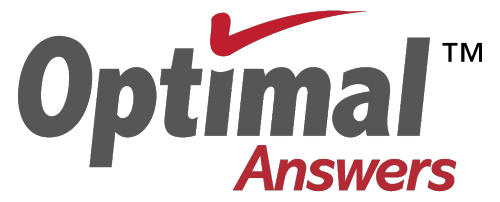[vc_row][vc_column width=”2/3″ offset=”vc_col-lg-offset-2″][vc_column_text]What selection of bids meets procurement requirements and vendor conditions at the minimum cost (e.g., what to buy from several vendors with unique terms and overlapping quotes to meet requirements at the lowest cost)?[/vc_column_text][vc_column_text]
OVERVIEW
[/vc_column_text][vc_column_text]OPTIMAL PROCUREMENT applications enable users to determine the purchase quantities to minimize total cost considering multiple vendors, quantity discount schedules, and delivery factors. Typical savings are 5-10% or more of the total value of the purchases.
An implementation of OPTIMAL PROCUREMENT applications is the identification of orders necessary to meet purchasing requirements from a mix of suppliers for products where each supplier has different but overlapping products available and different costs for the products.
OPTIMAL PROCUREMENT applications provide decision support for problems in most industries.[/vc_column_text][vc_column_text]
CONFIGURATIONS, MODELS AND DATA
[/vc_column_text][vc_column_text]OPTIMAL PROCUREMENT applications including the following configurations:
- Procurement Management Single Period
- Procurement Management Multiple Periods
- Procurement Management Multiple Sites with Delivery Costs
[/vc_column_text][vc_column_text]The data modeled includes the following:
- Item demand and/or inventory requirements
- Item purchasing constraints such as perishable, maximum number of units
- Supplier item costs, availability, quantity discounts, and conditional offers
- Other rules for compliance
[/vc_column_text][vc_column_text]For detailed information about industry applications and access to our Products website, please contact us.[/vc_column_text][/vc_column][/vc_row][vc_row css=”.vc_custom_1530954650716{padding-top: 0px !important;padding-bottom: 0px !important;}”][vc_column width=”2/3″ offset=”vc_col-lg-offset-2″][vc_separator][/vc_column][/vc_row]
